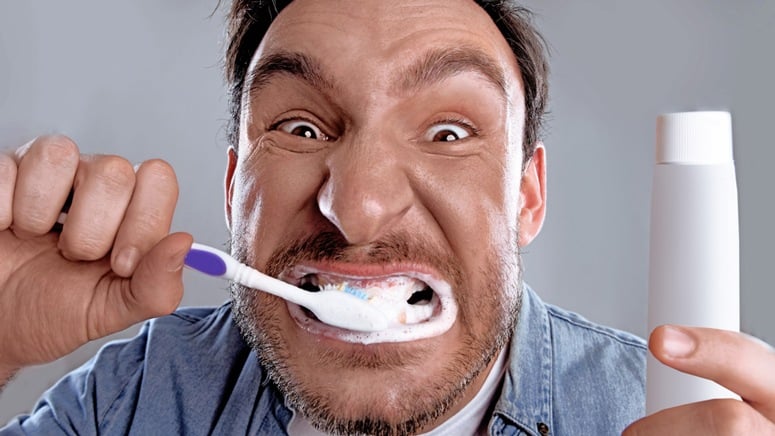Canker sores [1] are the wounds that usually appear mainly on the mucosa of the oral cavity, such as the inside of the cheeks, the tongue, the soft palate or the base of the gums. These are open sores with a round or oval shape, whitish or yellowish in color, usually with a reddish halo around it. Their size ranges between 3 and 8 millimeters and they can appear alone or in several groups of up to 20 or more, which considerably affects the quality of life, since they are painful.
Specialists recognizes three types of canker sores based on their morphology. There are the minor canker sores, which account for 80% of the cases of these conditions, which appear mainly alone and usually heal spontaneously after seven days. Major canker sores, with a size of more than 1 centimeter, resolve in a few weeks, leaving a residual scar. The third group to which the experts refer are herpetiform sores, which are the cases in which numerous ulcers appear, with a small size (between 1 and 3 millimeters). They usually disappear in weeks, sometimes leaving some residual mark.
Although, they are usually of unknown cause and there are cases in which the origin of this type of oral affections cannot be determined, they can be a consequence of:
Trauma & Aggressive Dental Cleaning

Hitting the mouth or biting the inside of the cheeks or lip can damage the membrane that covers the inside of the mouth, which triggers the development of sores. Ointments can be applied on the area to reduce sore. You can make use of mouthwash or Omcilon, with barbatimão tea as this plant has antiseptic and soothing properties.
Aggressive dental cleaning could be another trigger of canker sores. When brushing or oral hygiene in general is too aggressive, with very hard brushes or a bad use of them, sores can appear. There are experts who point to an ingredient in some toothpastes and mouthwash, sodium laurel sulfate, as a possible agent that acts in the appearance of canker sores.













